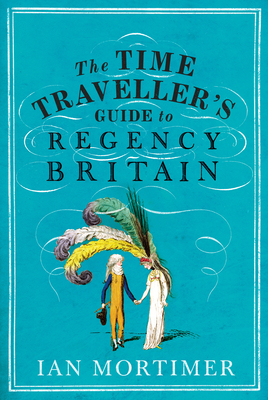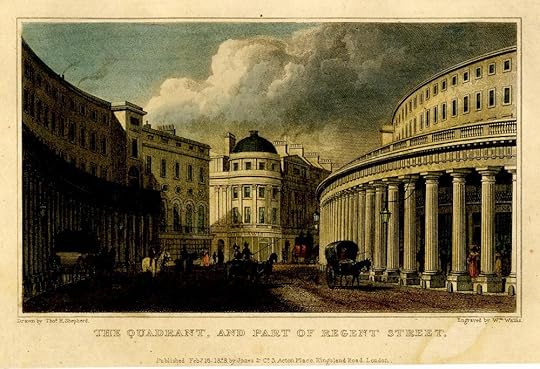What do you think?
Rate this book


432 pages, Hardcover
First published April 5, 2022
“The soul of history does not lie in separating the past and the present and examining the former in isolation, as if it were the fossil record of an extinct species, but in connecting the two and discovering they are equally full of life.”
“Not since the days of Charles I has Britain had such a great collector and patron of the arts for a king. It’s just a pity he is such an insensitive, selfish pig.”
“Here, then, is a guide to four of the most exciting and culturally important decades in British history. It was an age of elegance and violence, of freedom and protest, of old-style heroism and increasing urbanisation. It was also a time of war: more than half of the period was spent fighting the French, heralding such household names as Lord Nelson, William Pitt and the duke of Wellington. It saw campaigns for liberty, political and social reform, and greater compassion towards the less-fortunate members of society. It was an age of industrialisation, when Britain emerged as the prime economic power in the world. It was also a great age of invention, from the steam locomotive to the electric clock and the earliest photograph. And, of course, it was an age when millions of ordinary people lived ordinary lives – including those named in Mr Puddicombe’s burial register and, indeed, the vicar himself, as the sun finally set on his world.”
“Across Britain’s entire population, almost one in three children dies before his or her fifth birthday. As you’d expect, the industrial towns see the sharpest levels of infant mortality. In Liverpool, 53 per cent die before they are five; in Preston, 57 per cent.”
“The more we communicate with our fellow men and women across the centuries, the more we enrich each other’s lives.”
In the introduction to the first book in this series, The Time Traveller's Guide to Medieval England, I wrote that 'in order to understand your own century, you need to have come to terms with at least two others' Those words have been quoted back to me many times since 2008 - much to my delight because they succinctly sum up my original purpose in writing these Guides. By directly juxtaposing our daily lives with those of our ancestors, we may get a better impression of the quality and significance of what it means to be alive now as well as then.
The agent orders it to be torched. When he is informed that Chisholm's bedridden mother-in-law is still inside and too frail to be moved, being almost 100 years old, he shouts: "Damn her, the old witch, she had lived too long; let her burn!" Chisholm's friends manage to rescue the old lady from the building as the fire takes hold, burning their hands in the process, but she is traumatised by the event and dies five days later, having not spoken a word since her eviction.
Real human teeth - or 'Waterloo teeth' as they are often called - cost £2, including fitting. These are taken from the corpses of hanged felons, recently deceased bodies in the keeping of undertakers, and pauper donors - often teenagers - for whom a guinea represents undreamt-of wealth. (Hence the joke, to be heard in every London pun, 'I might be here but my teeth are at court.')
The cause of puerperal fever has already been identified by Alexander Gordon, an Aberdeen obstetrician who two years earlier [1795] published his Treatise on the Epidemic of Puerperal Fever: 'It is disagreeable declaration for me to mention, that I myself was the means of carrying the infection to a great number of women.' So 'disagreeable' is this declaration to the rest of the medical profession that, far from trying to save lives, they have attacked Gordon. In fact, clinicians' continuing resistence to the idea that they fatally infect women during childbirth will remain so violently entrenched for nearly another century and a half that it gives its name to the more general phenomenon of knee-jek resistance to new knowledge.
As for women, there is no expectation that two ladies should resort to violence; there is rather an expectation that they should not. The only notable duel between women in this period, the so-called Petticoat Duel of 1792, is a somewhat contrived affair, following Lady Almeria Braddock's inaccurate estimate of the age of her friend, Mrs Elphinstone. They meet in Hyde Park and shoot at each other, but without injury. Then they fight with swords, until one of the ladies is nicked in the arm - after which they make up and become friends again.
